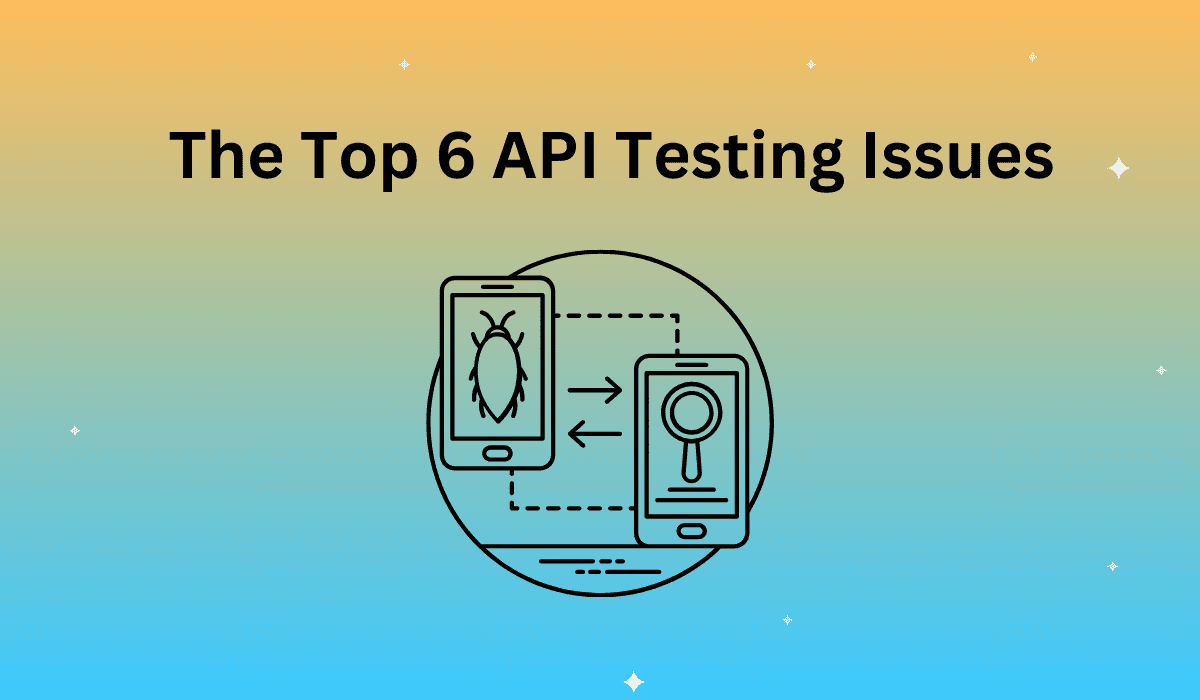API TESTING SERIES
Testing teams face several unique challenges when testing Application Programming Interface (API) implementations. API testing is part of the integrations testing process and concerns the communication between two systems–one of which your staff likely has no control over.
Thorough testing practices help QA and development teams not only create code that works, but create code that works efficiently. The following six challenges are particularly important when testing APIs:
1. Initial Setup of API Testing
2. Updating the Schema of API Testing
3. Testing Parameter Combinations
4. Sequencing the API Calls
5. Validating Parameters
6. Tracking System Integration
The final challenge is making sure the API testing system is working correctly with the data tracking system. This is necessary to bring back correct responses on whether a call is working correctly. It’s also used to passively monitor API performance. Since this step can come late in the process, the team may be too fatigued to give it the attention it needs.
API testing is an essential part of application development in the modern business environment. If your company is looking for the tools and expertise to thrive with API implementation, contact the experts at Apica today.











